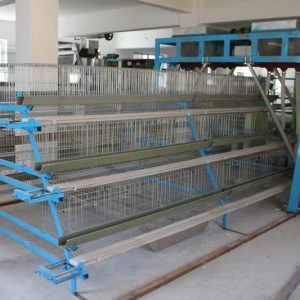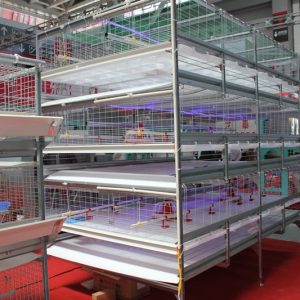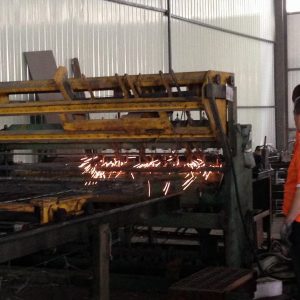
Xiushan Native Chicken Breeding Technology Encyclopedia
Xiushan is an autonomous county of ethnic minorities, where the Tujia and Miao nationalities live together. It raises chickens all the year round and has formed a strain of self-breeding, so it is called Xiushan Native Chicken. Mainly produced in Chongqing Xiushan Tujia and Miao Autonomous County: Aikou Town, Miaoquan Township, Yongdong Township and other surrounding townships.
1. Features of Xiushan Native Chicken
1. Variety characteristics
①Beautiful and small
The comb is bright red, black feet are small, and the appearance is beautiful; the size is small, and the adult chicken weighs 2.0-3.5 kg.
②Fly good at fighting
Good at flying, can fly tens of meters away, known as “flying chicken”; and lively and combative.
③Solid wool, flat chest, small buttocks, black feet, and uniform size. The difference between each chicken is about 3 taels, some even less than 1 tael. In the natural environment, it eats whole grains, exercises a lot, and muscle fibers are more slender. In addition, the fat content between muscles is also richer, and the mouth feels more chewy and not greasy than ordinary broilers.
2. Nutritional value
Xiushan native chickens are generally stocked, so the meat is delicious, tastes good, and rich in nutrients. Chicken soup is especially suitable for people who have recovered from illness and can help restore recovery.
2. Xiushan native chicken breeding and management technology
1. Stocking density of grazing land: Generally, about 100-120 animals are raised on 1 mu of ground, and every thousand chickens are equipped with 2 grazing grasslands for rotation grazing. There is no group of 300-500 chickens. It is advisable to build a house as a breeding area.
2. Training: The training of young chickens includes the adjustment of feeding and drinking, the training of distant pastoralism, the training of homing, and the training of shelves. Take feeding as an example. You should have a certain amount of hungry time before training, and then use knocking or whistling for training and training. It is best to cooperate with two people. One person blows the whistle in front and throws the feed. The feeding action is as far as possible so that the chicken can see it, so that the dual induction of hearing and vision allows the chicken to follow the looting and the conditioned reflex is formed. The time should be set according to the feeding management Hey.
3. Management should be “five diligence”:
(1) Observe frequently when placing chickens. Healthy chickens are always scrambling to run outwards, sick and weak chickens are slow or unwilling to leave the house.
(2) Observe frequently during cleaning. When cleaning the chicken house and cleaning the manure, observe whether the manure is normal.
(3) Observe frequently when feeding. Observe the mental state of the chickens frequently during feeding.
(4) After turning off the lights at night, listen to whether the chicken’s breathing is normal.
(5) Observe when eating, find sick chickens, isolate and treat them in time.


